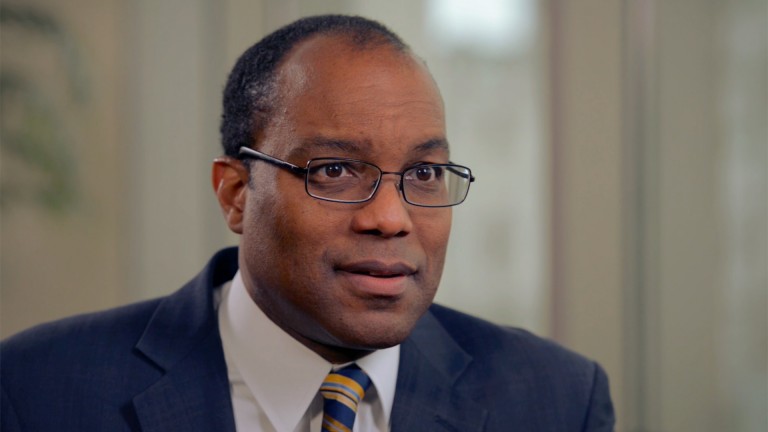
Transcript
I reconciled the issue of race relatively early on. It became an issue before we joined the Church--wasn't a big issue. We just had heard about it, but it wasn't something that we focused on as a family. We were more struck by what we felt in our hearts when we heard the gospel, by the friendliness of the members. And those two things combined helped us to gain testimonies of the gospel, each of us individually. I came to see myself not as a Black Mormon but as a disciple of Christ who is Black, and there's a difference in that order. We need to identify ourselves in that order as well. So I identify myself--and everyone should identify himself or herself--first as a child of God, as a disciple of Christ. And secondly, according to the categories of men. We can see each other not as the world sees us, in boxes and categories, but as God sees us. There's a scripture where the Lord says that we come to see as we are seen and know as we are known. And I think through the Atonement of Jesus Christ, our hearts and our eyes are transformed such that we can see each other in a godly way. I think all the answers to all the questions and all the challenges that we face in the Church start and end with the author and finisher of our faith, who is the Lord, Jesus Christ. And so when we go back to Him and focus our answers and our yearnings, our longings around Christ and His salvation through Him, His Atonement, then I think we can see more clearly to understand the perspective and the context, the eternal context, of things. And I think then that makes us more patient, more loving, more understanding, more humble.